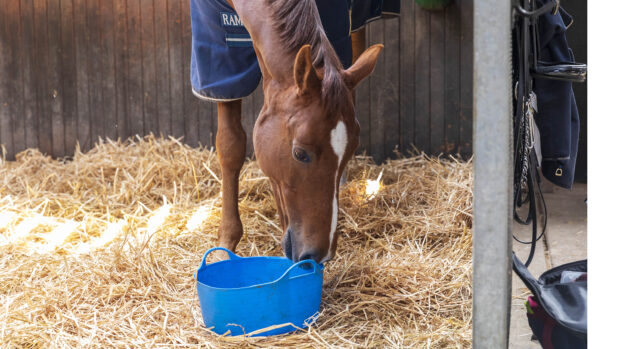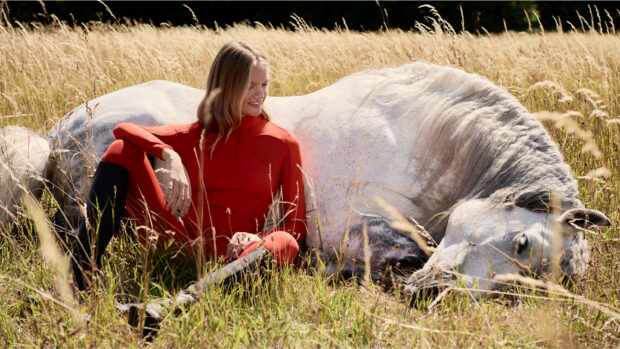Although spaniels in general go back some 600 or more years, as evidenced both in art and print from medieval times, what we now know as the cocker spaniel was first recognised as a breed with the Kennel Club at the end of the 19th century. This was a compact, eager and energetic spaniel, less than 25lb, expert at flushing dense undergrowth of woodcock and retrieving game for their hunting masters.
There are slight differences between working and show cockers. The working cockers typically have more angular features, longer noses and shorter, higher-set ears – so slightly less chance of snagging and tearing on undergrowth while flushing out birds. Likewise their coats tend to have less feathering. They usually have longer bodies and look more muscular and athletic than their showing counterparts – and accordingly tend to have higher energy levels.
The American Cocker Spaniel differs slightly from the English. Although it has the same roots and was perpetuated in the US as the continuation of the established English breed, the American variety is shorter but less compact, with a more domed head, shorter muzzle and more profuse coat. A black cocker by the name of Obo II, the son of English Cocker Obo, became a prolific sire in the States. He is considered the foundation sire of the American Cocker, which as been a separate established breed since 1945.
Nowadays, while they are still much admired in the field as hardworking little gundogs, cockers are also among the UK’s most popular dog breeds as a devoted, affectionate family pet.

Cocker spaniel breed: fact file
Kennel Club breed group: gundog
Size: small
Daily exercise: dependent on whether they are working or show cockers. The latter will be content with a good hour, while the working variety needs more vigorous exercise.
Coat: medium, shedding
Colours: 27 standard colours, with patches common, such as black and white ticked, or chocolate roan and tan. They can be bicolour, tricolor or roan. Dark brown or brown eyes.
Lifespan: more than 10 years.
Bark: moderate barkers
History: the breed name derives from its initial job, hunting woodcock. It was first classified as a separate breed from the general group of “land spaniels” in 1893.
Distinctive features: sporty and compact, with a permanently wagging tail. Lobular, low-set and silky ears.
Temperament: always described as a “merry” dog, they have a naturally happy temperament and love to work. Full of life and exuberance, but with a gentle, affectionate character.
Things to consider: cockers love playtime and companionship, so will enjoy playing with you. One of the best treat dispenser toys will satisfy their desire for treats as well as mental stimulation.
Like all dogs with floppy ears, cockers can be prone to infections, so it’s worth learning how to clean ears.
Their silky coat is prone to matting, especially with their love of flushing undergrowth, so a good dog grooming brush is a necessity.
As working cockers need more exercise than the show variety, how about running with your dog, to ramp up the energy output?
Training: cockers are people-pleasers so they are generally easy to train and motivated by treats and praise. Cockers love to work and are always up for a challenge, so can turn their paw to many activities, besides being a working gundog as per their original breeding. They enjoy scent work, agility, flyball or simply a long, energetic walk in the company of their favourite people.
Fun fact: a Scottish chocolate cocker spaniel – named Tangle – was the first dog to detect cancer in a 2004 British study with six dogs. Tangle was the best of the bunch, working up to an 80% success rate. Tangle was also a field champion sire, and was trained to recognised the odour of cancer by his owner Dr Claire Guest, CEO and director of operations at Medical Detection Dogs.

The Cocker Spaniel | Amazon
This book covers everything from getting started at home, basic education and cocker health to training your cocker as a gundog.
You may also enjoy reading…

All about the whippet

All about the golden retriever

All about the beagle

21 of the cutest dog breeds to make you coo, smile (and want more dogs…)

What breed is my dog? (and why you need to know)

Subscribe to Horse & Hound magazine today – and enjoy unlimited website access all year round
Horse & Hound magazine, out every Thursday, is packed with all the latest news and reports, as well as interviews, specials, nostalgia, vet and training advice. Find how you can enjoy the magazine delivered to your door every week, plus options to upgrade your subscription to access our online service that brings you breaking news and reports as well as other benefits.




